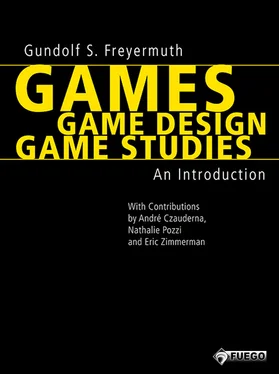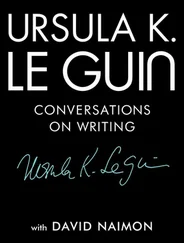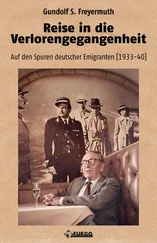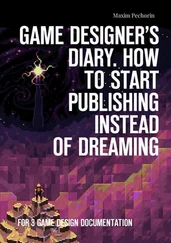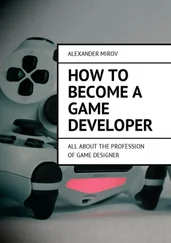The formation of new disciplines is nothing special per se . Since the sciences and humanities followed the example of the industrial division of labor and became specialized, ‘Taylorized,’ perpetual processes of differentiation have led to literally hundreds of new disciplines and fields of study. Only very rarely, however, was it possible to found a new discipline whose subject was a culturally defining medium, i.e., a medium which influences and changes the thinking of a majority of people—their view of the world, their understanding of life, and even of their own identity.
The modern process of establishing new disciplines dealing with defining media started during the first half of the 19th century when the analysis of and reflection on language and literature became academic endeavors. Since the Enlightenment and especially in the German-speaking world, literature was thought to promote what had otherwise proven elusive: cultural identity and political unity. Consequently, literature, which during the 19th and early 20th century influenced public consciousness more than any other medium in most developed regions of the world, separated into nationally defined categories despite cultural exchange. Along similar lines, literary studies grew into national academic disciplines operating in the context of national self-assurance and nationalism. 44
Next, a good half-century after the advent of motion pictures—a new medium of artistic expression particularly symptomatic of the industrial mentality 45—, the academic study of film was organized and institutionalized. Just as economic factors of movie production encouraged (or coerced) planning and production beyond national borders, 46so too did film studies develop—in line with the supra-national influence, distribution and reception of its material—mostly beyond national boundaries and specialization.
Now, since the turn of the century and again several decades after the social and aesthetic emergence of a new medium, digital games, the new discipline of Game Studies is finally forming. 47As an audiovisual medium of expression, representation and storytelling, video games are produced, distributed and used not just nationally or internationally within larger cultural realms, but globally. In digital culture they influence the perception of the self and of the world beyond all borders, i.e., transnationally. As the youngest of the disciplines that deal with a single medium and art form, Game Studies remains in its early stages and continues to draw sustenance from its respective geographical roots. To date the discipline, in regard to its subject matter and institutional organization, has yet to follow in the footsteps of its art form, which is inherently global. 48
Their status quo indicates, however, not only a low degree of institutional presence, but also an extreme diversity of topics and approaches. Practice-oriented game design theories formulated since the early 1980s confront approaches from the social sciences and humanities that date their origins to the 1990s: an eclectic mix of theories taken from older disciplines, such as educational research, media pedagogy, psychology, and design theory, as well as sport and social sciences, literature, art, and media studies. In a positive light, this diversity can be interpreted as a naturally developing interdisciplinarity. In a negative light, it can be seen as a lack of theoretical coherence and, thereby, also as a lack of the disciplinarity required for the creation of a common ground to serve as a necessary precondition for interdisciplinary research.
For example, what Mark Butler stated a few years ago: “The texts about computer games that exist so far suffer mostly from too restricted subject horizons,” is true still today: “Computer games fall into the scope of numerous disciplines that either want nothing to do with them, or attempt to coopt them for their own use.” 49Butler’s institutional perspective correlates with Franz Mäyrä’s view, which is oriented toward content: “scholars […] bring with them the methodologies typical for their original disciplines.” 50The same conclusion is reached by Simon Egenfeldt-Nielsen, Joan Heide Smith, and Susana Pajares Tosca:
“[G]ame researchers are an eclectic bunch with a multidisciplinary background. Humanist scholars with film or literature backgrounds constitute the largest single group, but game research conferences are also attended by social scientists (mostly sociologists) and, very importantly, game designers. [...] Most researchers, at least at present, choose to adopt methods and approaches from their primary fields. Ethnographers tend to observe players. Those trained in film studies tend to analyze the games themselves and communication scholars tend to analyze interactions between players.” 51
This diversity results in, on the one hand, the necessity for creating a common ground for Game Studies: defining the object and the borders of the discipline, as well as specific approaches and methods. On the other hand, this diversity also presents the twofold question: To what degree, in a time of transmedial media technology and also transmedial media production, can individual disciplines of media—especially of the audiovisual media of film, television, web video, and games—still understand the transmedial development and the embedding of different media in this process? Or is, maybe, an all-encompassing comparative media studies required?
Part III Game Studies presents the development and central positions of various approaches in the theoretical and—more or less—academic study of digital games. The starting point is formed by philosophical and single-field studies of analog games, from Gottfried Wilhelm Leibniz, to Johan Huizinga, all the way to Marshall McLuhan ( III-1 Theories of Analog Games vs. Theories of Digital Games ). This prehistory of Game Studies closes with an outline of the existing three big avenues for research: approaches from game design theory, the social sciences, and the humanities ( III-2 The Schisms of Game Studies ). The observation and description of them working together and, even more frequently, side by side, reveals the necessity for replacing the existing schisms in Game Studies with an analysis that no longer operates with imported approaches. Instead its focus and methods would arise from the direct confrontation with and the analysis of digital games themselves ( III-3 Desideratum: Overcoming the Schisms ). In conclusion and looking ahead, research perspectives will be developed that could serve the desired evolution of Game Studies ( III-4 Perspectives of Research 1: Digital Games; III-5 Perspectives of Research 2: Serious Games ).
The prevention of a rift between artistic and academic practices—as it exists in older forms of media—is equally important for a successful adaptation of Game Studies to its subject. The epilogue reflects, therefore, how game design and Game Studies are and should be conveyed in academic and artistic education. In a special contribution, André Czauderna analyzes the structures of six undergraduate game design programs from five different countries, while I discuss the objectives and the organization of game design education by the example of one artistic-academic bachelor program. In conclusion, I reflect on the consequences of this on-going academization—from changes in aesthetic production to a possible maturation of the medium and an increase of game literacy. ( Epilogue: Academization and Aesthetic Production ).
ACKNOWLEDGMENTS
This book has many co-authors. I would like to mention them in the order of their appearance. First of all my sons, Leon and George Freyermuth, made me play again in the 1990s after a long pause—even if I could never be an equal opponent for them on any console. I would also like to thank my director-colleague Björn Bartholdy for, over a decade ago, giving the first push towards founding a stand-alone games education—even if it became a long, strenuous road that would appear to transform into a dead end before our very eyes more than once, until we could take on the first bachelor students at the Cologne Game Lab in the fall of 2014. Those, without whom we could never have reached this goal and without whom this book would also never have been written, are Rainer Weiland and Joachim Metzner, who helped us during the founding phase of the Cologne Game Lab.
Читать дальше
